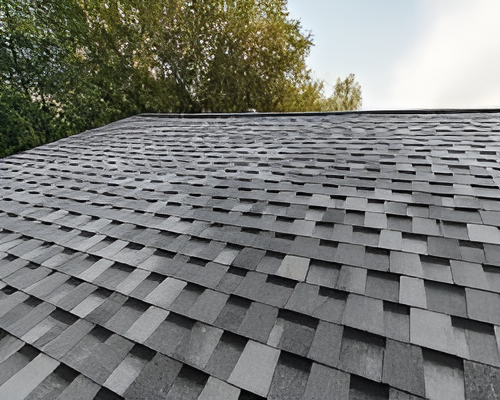Introduction
Your roof is more than just a cover; it’s your home’s first line of defense against the elements, a critical component of its structural integrity, and a significant factor in its energy efficiency and curb appeal. When it comes to roofing, “built to last” isn’t just a marketing slogan – it’s a promise of protection, peace of mind, and long-term value. Investing in a durable, high-quality roof means confidence, knowing that your most valuable asset is safeguarded for years to come. But what exactly goes into a roof that’s truly built to last, and how can you ensure you’re making the right choices for your home?
What are the most durable roofing material options available today, and what are their long-term benefits?
Gone are the days when asphalt shingles were the only readily available choice. Modern roofing offers a diverse range of materials, each with unique advantages in terms of longevity, weather resistance, and aesthetic appeal. We need to explore options like metal roofing (steel, aluminum, copper), slate, tile (clay or concrete), and even advanced synthetic materials. For each, we should consider their typical lifespan, resistance to specific weather conditions (e.g., high winds, hail, extreme temperatures), maintenance requirements, and how their long-term benefits (e.g., energy efficiency, reduced repair costs) justify the initial investment.
Beyond the shingles, what critical underlayment and structural components contribute to a roof’s longevity and resilience?
A truly durable roof is more than just its visible surface. The layers beneath – the decking, underlayment, flashing, and ventilation system – play an equally vital role in its overall performance and lifespan. We need to delve into the importance of proper decking (e.g., plywood, OSB), the role of high-quality underlayment (synthetic vs. traditional felt), and the crucial function of correctly installed flashing around penetrations like chimneys and vents. Furthermore, the impact of adequate attic ventilation on preventing moisture buildup and extending the roof’s life should be discussed.
What warranties and guarantees should I look for from a roofing contractor to ensure long-term confidence in their work and materials?
A “built to last” roof is only as good as the installation and the promises that back it up. Understanding different types of warranties is crucial. This question should cover material warranties (from the manufacturer, often prorated), workmanship warranties (from the contractor, covering installation errors), and what specific events or damages these warranties cover (or exclude). We need to emphasize the importance of reading the fine print, understanding transferability, and verifying the contractor’s reputation and financial stability to ensure these guarantees will be honored years down the line.
How do proper maintenance and regular inspections contribute to extending the life of a roof that’s built to last?
Even the most durable roof needs care to reach its full potential lifespan. This question should highlight the importance of proactive maintenance rather than reactive repairs. We should discuss common maintenance tasks such as gutter cleaning, debris removal, inspecting for loose or damaged shingles, and identifying potential leaks early. The benefits of professional annual or bi-annual inspections, identifying minor issues before they become major problems, and understanding the impact of environmental factors (e.g., tree branches, moss growth) on roof longevity should also be covered.
Conclusion
Achieving “Roofing Confidence: Built to Last” is about making informed decisions at every stage, from material selection and contractor choice to ongoing maintenance. It’s an investment in the long-term protection, efficiency, and beauty of your home. By asking the right questions about durability, underlying components, warranties, and maintenance, you empower yourself to ensure your roof is not just a covering, but a resilient shield designed to stand the test of time, giving you genuine peace of mind for decades to come.”

